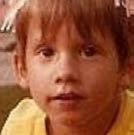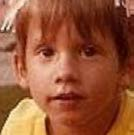Age estimation is an essential challenge in computer vision. With the advances of convolutional neural networks, the performance of age estimation has been dramatically improved. Existing approaches usually treat age estimation as a classification problem. However, the age labels are ambiguous, thus make the classification task difficult. In this paper, we propose a simple yet effective approach for age estimation, which improves the performance compared to classification-based methods. The method combines four classification losses and one regression loss representing different class granularities together, and we name it as Age-Granularity-Net. We validate the Age-Granularity-Net framework on the CVPR Chalearn 2016 dataset, and extensive experiments show that the proposed approach can reduce the prediction error compared to any individual loss. The source code link is https://github.com/yipersevere/age-estimation.
翻译:年龄估算是计算机愿景中的一个基本挑战。 随着神经神经网络的进步,年龄估算的绩效已经大大改善。 现有方法通常将年龄估算视为分类问题。 但是,年龄标签模糊不清,因此分类任务很困难。 在本文件中,我们提出了一个简单而有效的年龄估算方法,与基于分类的方法相比,可以提高性能。这种方法结合了四种分类损失和一种回归损失,代表了不同等级的颗粒,我们将其命名为年龄-Granulality-Net。我们验证了CVPR Chalearn 2016数据集中的年龄-Granality-Net框架,并进行了广泛的实验,表明拟议方法可以减少预测错误与任何个人损失的对比。源代码链接是 https://github.com/yiperevere/age-sestation。























